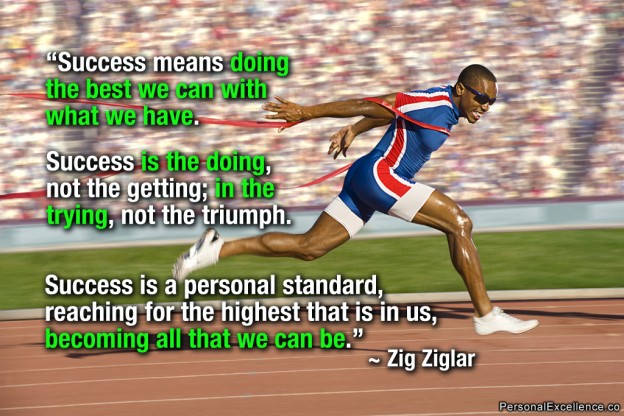In a recent post, I wrote about the idea that a PLN, whether professional or personal learn network, as actually being something that you do, a verb, rather than something done, a noun, I think that the same argument can be applied to the notion of curriculum. Too often when we discuss ‘curriculum’ it is as something stagnant, something finished, something complete, a document held in the hand. However, treating it in this way misses something, denies the reality that it is something that is constantly developing, growing, adapting, changing and evolving.
One of the reasons that we see curriculum as being something stagnant is that often the changes can occur over long periods of time so we do not consider it as something constant. For example, in my time teaching, I have seen three significant curriculum shifts. Firstly the transition from CSFII to VELS. This was significant because it moved subject based assessment to also recognising various interdisciplinary strands of learning. Associated with this, there was also a move from grading students in an individual manner to assessing them in relation to a continuum. The second transition is from VELS, a state based curriculum document, to the Australian Curriculum, a nation wide initiative. What is interesting is that although each evolution brought about significant change, after a period of transition, a mystical sense of inertia kicks in.
One of the reasons that curriculum changes is because the world changes. In a recent post about whether everyone should learn to code, +Richard Olsen made the suggestion that curriculum is a form of future prediction, that is, it is “designed to predict need.” This being the case, curriculum does need to keep on evolving, because once the current set of needs are met then a new set of needs emerges.
I remember hearing David Howes from ACARA present about the National Curriculum a few years ago. One of the things that stood out was what he said about how the cross-curriculum priorities. Howes explained that indigenous histories and culture, Australia’s engagement with Asia and sustainability were chosen as priorities because they were contemporary issues faced by students today. What was significant though was that Howes’ stated that there will come a time in a few years when when these priorities will need to be revised. For if they are implemented properly, then they will no longer be an issue in society. Therefore, there will come a time when a new set of priorities will need to be devised.
This is what much of the debate the 21st Century learning is about. Too often we get caught up with the present and fail to grasp the coming future. Although many of the skills, such as collaboration and problem solving, are needed today, it is a technologically and socially rich tomorrow which they are truly derived for. The problem is that it is so much easier to respond to today, rather than worry about tomorrow.
So far I have discussed the epic seismic eruptions associated with curriculum, however there is also the flip side to all of this, those tectonic shifts in the plates which more than often go unseen. I think that the worst thing that we can do when reflecting on curriculum is to consider such documents as the Australian Curriculum as being the same thing for each and every person. This completely denies any sense of subjectivity associated with the creation of knowledge and understanding.
For example, I remember a few years ago there was an effort to align what was being done in Middle Years English with some of the changes to VCE. One such change was the introduction of contexts, such as imagined landscapes or encountering conflict, as a focus, rather than a particular text, as had previously been done. What was interesting is how everyone saw this change differently. For some it was simply a way of looking at a particular text, while for others there was no central text, rather it was about approaching the context from a wide range of perspectives. Added to this, even once an agreed approach is achieved, it is then further moulded and adapted as new teaches take to it. As I stated elsewhere, the process is often far more instrumental than the actual outcome.
+Richard Olsen sums this whole process up, suggesting that “it is not commonly understood that curriculum is a compromise.” Whether it be compromising on what is included or compromising on how it is implemented, curriculum is always in a constant state of choice and reflection – and that is ok.
If you enjoy what you read here, feel free to sign up for my monthly newsletter to catch up on all things learning, edtech and storytelling.






